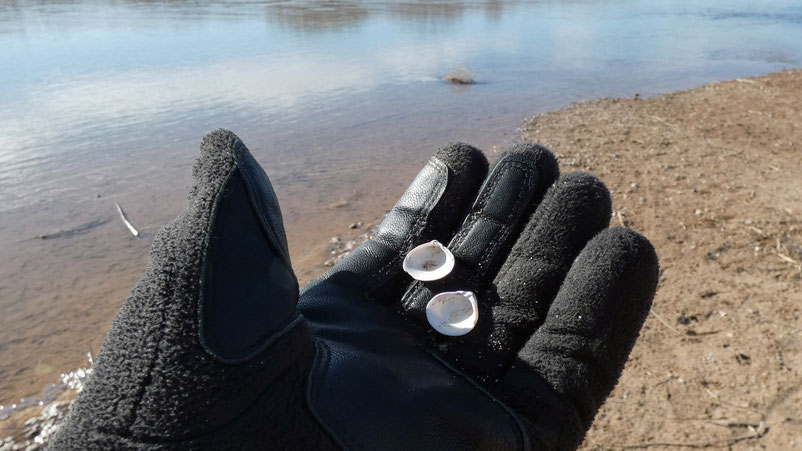A page for (occasional) blogs
Angry Birds
In the space of two days, I witnessed two examples of bird-on-bird aggression. One was of a form I'd seen before, but the other was new to me. None of the photos is especially good, but they seem worth sharing anyway.
One-Footed Night Heron
On January 13, 2024 I watched as a juvenile black-crowned night heron (Nycticorax nycticorax) flew to the "cormorant island" at Tingley Beach. Once it landed, it began to limp and stumble. Through my camera lens I could see that it was missing a foot. One of my photos shows the moment when it put its weight on its stump and seemed to gasp in pain.
Who was Doc Long?
If you ever looked for an easily accessible picnic spot in the Sandia Mountains, or if you just needed a place to shelter during a storm, there's a good chance that you stopped at the Doc Long Picnic Area. But who was Doc Long?
A porcupine sighting in August
Earlier today, I sighted a porcupine snoozing in a cottonwood, in the Rio Grande Bosque in Albuquerque. Here are two pictures.
Freshwater Snails
In July 2022, I saw several thousand tiny, dark, rounded organisms in the bottom of a channelized arroyo in Albuquerque. They were in shallow water (roughly half an inch deep), moving slowly along the bottom. When I looked more closely, they turned out to be freshwater snails. Some of the shells were coated with algae—whether deliberately or accidentally, I don't know.
Do porcupines fall out of trees?
In the winter, it's common to see porcupines in the tops of trees in the Rio Grande Bosque. Which raises the question: do they ever fall? In January 2022 I encountered a porcupine for which, apparently, the the answer was yes.
A Hiking fiasco in the Organ Mountains, and lessons for large hiking groups
On May 18, 2021, the Albuquerque Journal reported on the rescue of 24 hikers from El Paso, Texas. The group attempted to hike to the highest point in the Organ Mountains near Las Cruces, New Mexico. The elevation of that high point, Organ Needle, is 8990 feet (2740 meters) above sea level. The route to the high point rises 4000 feet (1220 meters) over four miles (6.4 km), an average grade of 19 percent. The route includes trails, off-trail route finding, and a short climb.
Say's Phoebes in the middle of the Rio Grande
(Revised Jan. 29, 2021)
I have multiple identification photos for Say's Phoebe (Sayornis saya) on a different page. Here I'll document a couple of individuals I saw perching just above the Rio Grande.
A Hiker Rescue in the Sandias
On August 31 the Albuquerque Journal published a story about a hiker rescue in the Sandia Mountains. I’ll quote the article in full, because this time I want to comment on the story as well as the incident.
Two More Hikers Get into Trouble
In the space of three days, New Mexico news services posted two stories about hikers who got into trouble. Happily, both survived. As usual, I’ll break down the stories to see what hikers can learn from them.
A Nectar-Robbing Carpenter Bee
Two days ago I caught a carpenter bee (Xylocopa sp.) engaging in nectar robbing. I do have a few words to say in favor of the defendant.
A fall, an injury, and an intelligent response
A hiking companion passed along a story about a hiking accident in The Taos News (June 20–26, 2019). You can find the story online here. There’s a happy ending: the victim will make a full recovery.
Another Fall in the Sandias
















